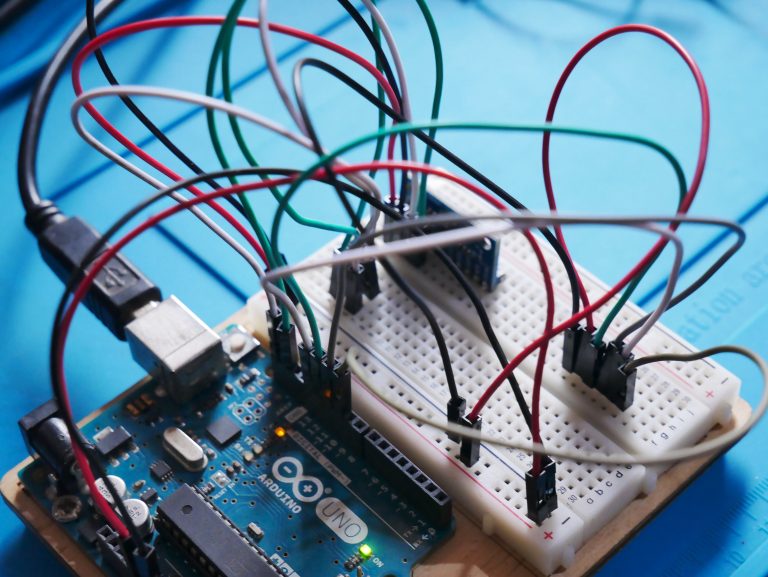HIS grace turns a speck of sand on a beach into a chip of sparkling gold. -Tandon Sir
PART-I
An electronic circuit is composed of individual electronic components, such as resistors, transistors, capacitors, inductors and diodes, connected by conductive wires or traces through which electric current can flow. Broadly speaking an electronic circuit has both active and passive components. The difference between active and passive is in their ability to control or amplify electronic signals in a circuit:
1. Active Components:
Active components are electronic devices that can amplify, control, or generate electrical signals. They require an external power source to function and can manipulate the flow of current within a circuit. The main characteristic of active components is that they can provide gain, which means they can increase the power, voltage, or current of an input signal. Common examples of active components include transistors, operational amplifiers (op-amps), and integrated circuits (ICs).
2. Passive Components:
Passive components, on the other hand, do not require an external power source and do not amplify or control electrical signals. Instead, they respond to the electrical signals present in a circuit in a straightforward manner. Passive components can store energy, resist the flow of current, or filter specific frequencies, but they do not provide gain. Common examples of passive components include resistors, capacitors, inductors, and transformers.
Both inductors and capacitors can store energy, but they do so in different ways due to their unique mechanisms and forms of energy storage:
Capacitors:
Capacitors store energy in an electric field. A capacitor consists of two conductive plates separated by an insulating material known as the dielectric. When a voltage is applied across the plates, an electric field is established between them, and electric charges accumulate on each plate. The amount of charge that can be stored on the plates is proportional to the voltage applied and the capacitance of the capacitor.
The energy stored in a capacitor can be calculated using the formula: E = (1/2) * C * V^2, where E is the energy in joules, C is the capacitance in farads, and V is the voltage across the capacitor in volts.
Inductors:
Inductors store energy in a magnetic field. An inductor is typically a coil of wire wound around a core material. When current flows through the coil, a magnetic field is created around it. The energy is stored in this magnetic field. The strength of the magnetic field and, consequently, the amount of energy stored depend on the current flowing through the inductor and the inductance of the coil.
The energy stored in an inductor can be calculated using the formula: E = (1/2) * L * I^2, where E is the energy in joules, L is the inductance in henries, and I is the current flowing through the inductor in amperes.
A typical electronic circuit consist of a combination of above components on a printed circuit board(PCB)commonly referred to as a discrete electronic circuit. This was a precursor to integrated circuits where multiple components are embodied in a single chip, the topic to be discussed in later parts.
To be continued.
Ref- Solid State Electronic Devices, ed-07 by Ben G. Streetman

